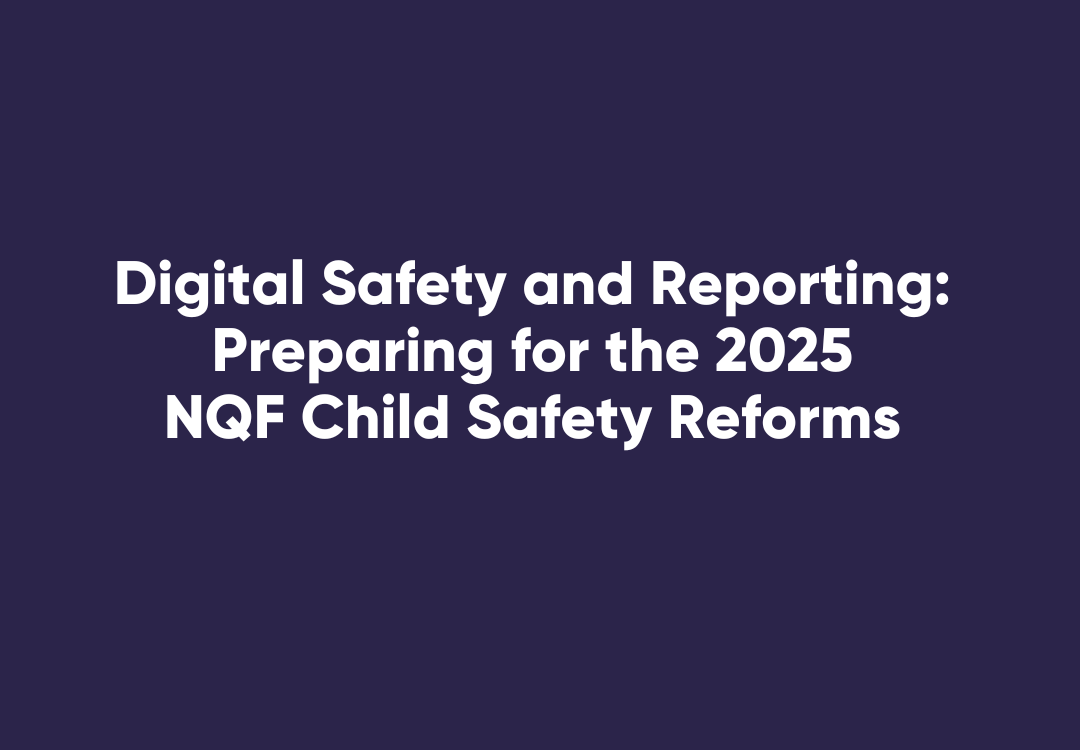3 tips for reducing stress levels in the workplace
With organisations increasingly putting a strong emphasis on employee productivity, many workers are faced with long hours, unrealistic workloads and looming deadlines.
As you might have guessed, the pressure involved with operating in this kind of environment isn’t very sustainable, and many employees suffer from work-related stress as a result.
Work-related stress costs the economy $14.81 billion per year.
In fact, every year, 3.2 days are lost per worker due to stress-related presenteeism and absenteeism, according to figures collated by health insurance provider Medibank.
The total cost on the economy weighs in at a staggering $14.81 billion per year, with more than $10 billion being a direct cost to employers.
For businesses and workers alike, these statistics highlight the importance of maintaining mental wellbeing in the workplace.
Here are three tips you can use to help employees reduce their stress levels:
1. Introduce stress management processes
Government-backed entity Comcare suggested that one key way to promote mental wellbeing is to put official processes in place that help promote a healthy working environment.
Making use of staff induction tools, for example, can keep new employees informed of the risks of the job and introduce them to strategies they can use to reduce stress in the workplace.
By establishing a framework that fosters a positive work culture from the get-go, you’ll be giving employees the tools they need to keep their stress levels in check for the duration of their time at the organisation.
2. Encourage employees to get enough sleep
Getting a night of quality shut-eye is the first step to reducing stress levels.
While there are steps you can take to ensure your employees have the support they need to stay on top of stress in the workplace, maintaining a healthy mind starts with a good night’s rest.
The vast majority of the country agrees with this assertion, with the Australian Psychological Society finding that more than 9 in 10 (91 per cent) of health-conscious Australians believe adequate sleep is the most important element in reducing stress and living a balanced lifestyle.
3. Reduce the number of interruptions employees are exposed to
From emails to phone calls, colleagues to clients, many of us can relate to being bombarded from a multitude of sources vying for our attention throughout the day.
Could this be contributing to your employees’ stress levels?
According to Forbes contributor Jenna Goudreau, the plethora of distractions facing the modern worker is a factor in workplace stress.
She suggested allocating structured windows of time to deal with communication and collaboration, and setting aside the rest of the day to concentrate on the task at hand.
For more information on how you can foster a healthy working environment, check out our ebook on managing workplace stress.












